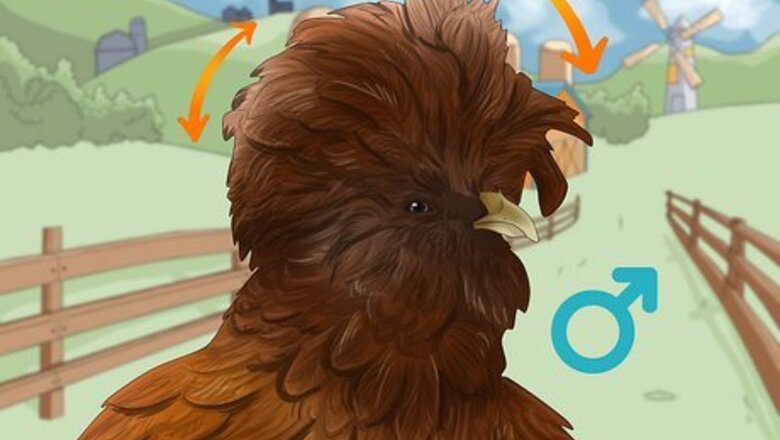
views
- Male Polish chickens have a less tidy, more wild crest of feathers on top of their head than females.
- Male chickens’ feathers are more pointed than females’ rounded feathers.
- Male chickens are about 2 inches (5 cm) larger and 2 pounds (1 kg) heavier than female chickens.
- Male chickens have a larger, redder wattle (flap of skin under their throat) than female chickens.
Crest

Male Polish chickens have wilder, less tidy feathers on their head. While this chicken breed is known for their unique crest of feathers, female chickens have a more smooth, tidy, and concentrated ball of feathers on top of their head. The crest feathers on males are looser and more likely to fan out in all different directions. Polish chickens actually get their name because of their notorious crest. They are not actually from Poland, but were named that because their crest of feathers resembles the hats Polish soldiers used to wear.
Feather shape
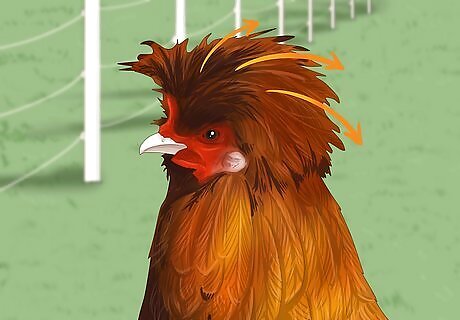
On their crests, male polish chickens’ feathers tend to be more pointed. You might have to get closer to your chickens to tell, but this is another easy way to tell the difference between your hens and roosters. While male chickens’ crest feathers are tapered and pointed, female chickens’ feathers are more rounded.
Size

Male Polish chickens are often bigger than female chickens. This is a common trait among all chicken breeds that can help you tell males and females apart. Polish roosters grow to about 18 inches (45 cm) tall while hens are about 16 inches (40 cm) tall. While this isn’t a huge size difference, it’ll be clear that your male chickens are larger than your females.
Weight
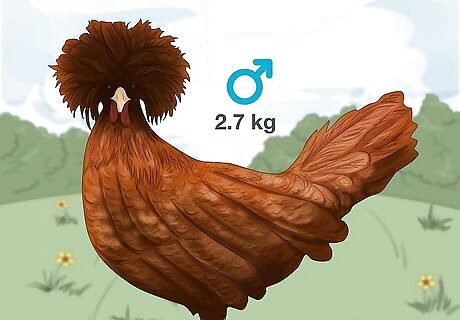
Because Polish male chickens tend to be bigger, they’re also heavier. Polish roosters usually weigh in at around 6 pounds (2.7 kg). Hens are a little bit smaller, and typically weigh around 4.5 pounds (2 kg).
Wattle
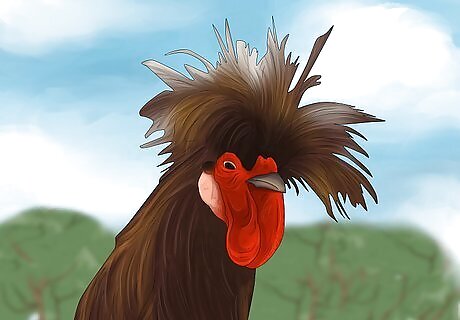
Male polish chickens have larger, redder wattles than females. A wattle is a flap of skin that hangs from a chicken's throat, usually starting at their beak. In general, Polish chickens have smaller wattles than other breeds. However, Polish roosters’ wattles are still bigger and more vibrant than a hen’s wattle. A Polish chicken’s wild top hat of hair can often cover their wattle. You might have to gently push back their crest to get a good look at their wattle.
Behavior
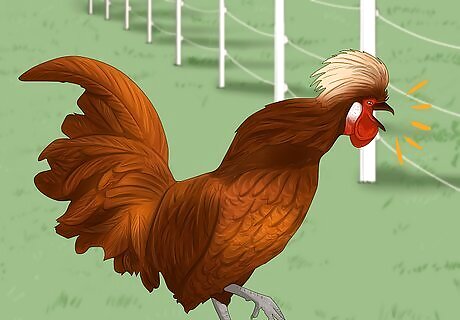
Polish chickens are very docile, but males can sometimes get aggressive. These are some of the best chickens to keep and have as pets because they are so gentle and tame. While both males and females are sweet, males are more likely to get angry or aggressive. This doesn’t happen often, but they can if they think someone is threatening their hens. Both Polish roosters and hens also tend to startle easily because their crests cover their eyes. When you approach your chickens, talk, sing, or even whistle to make them aware of your presence. Polish hens rarely get broody, which means that they don’t like to sit on and incubate their own eggs. This can make it difficult to breed chickens, but you can find another type of hen that’ll sit on your Polish hen’s eggs, or use an egg incubator. However, hens are better at laying eggs than incubating them. Hens usually start laying eggs once they’re 20 weeks old. They typically lay around 100 to 200 eggs per year, which is about 2 to 4 eggs per week.
Crowing
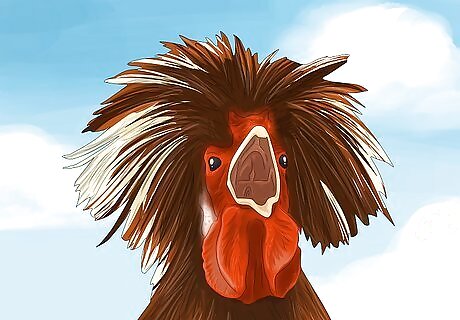
Male Polish chickens are more likely to crow than female chickens. While Polish roosters are almost always the ones crowing, it’s not always the case that a crowing chicken is a male. Like in all chicken breeds, Polish hens might take up the crowing if there’s no rooster around. So, you might want to rely on other ways to determine if your chicken’s a male or female. Besides being adorable and sweet, Polish chickens make great pets because they’re relatively quiet compared to other breeds.
Coloring
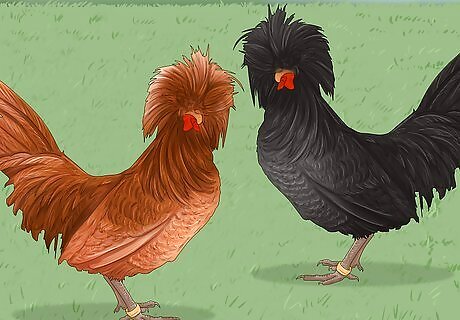
Some male and female Polish chicken breeds have different colorings. For the most part, roosters and hens are similarly colored. However, in breeds like Buff Laced and Gold Laced, males’ feathers can be richer and more distinctive in color. Polish chicken breeds are very different from each other. Some can be solidly black, brown, or white, or have a mix of these colors throughout their feathers.


















Comments
0 comment